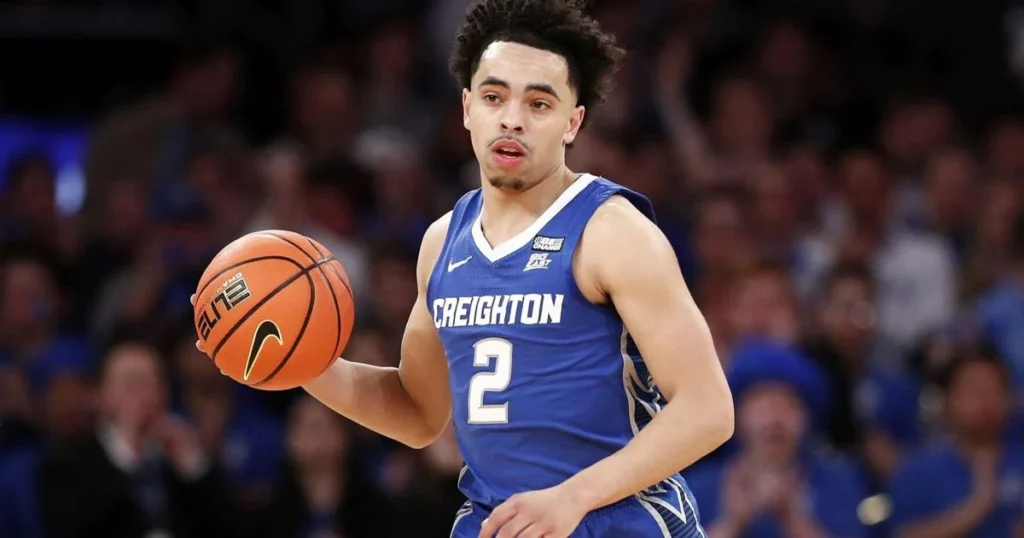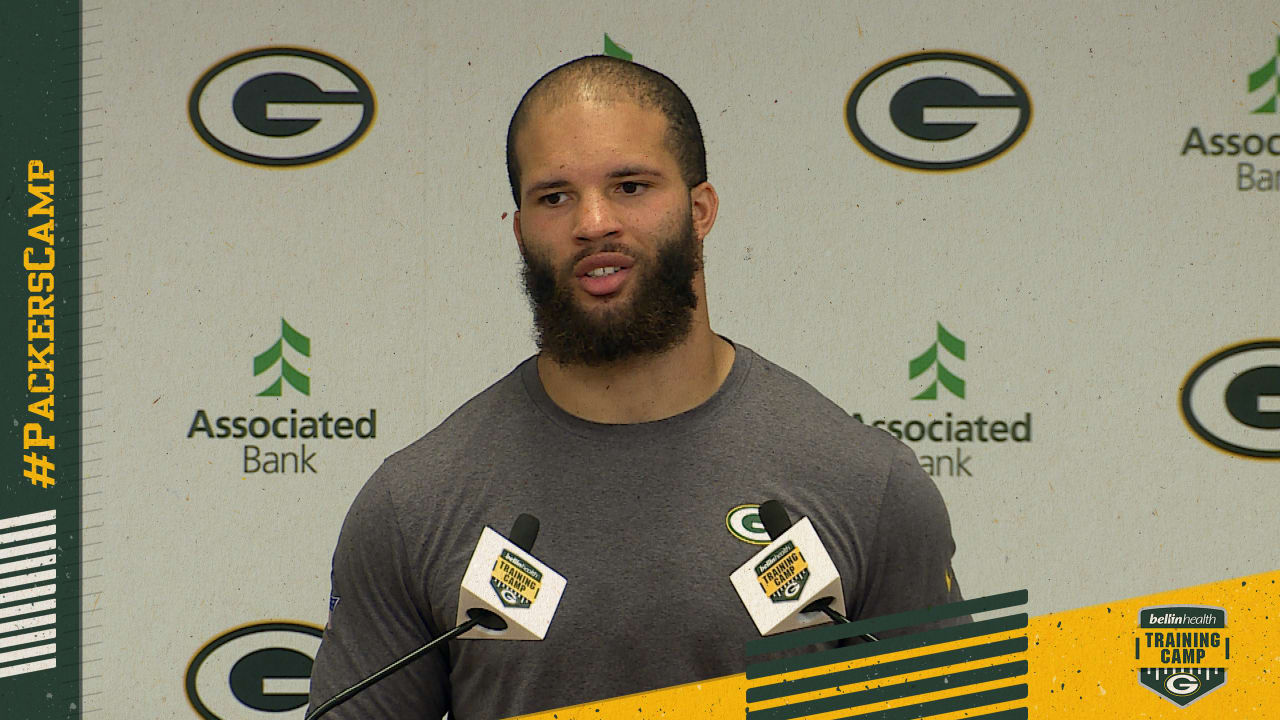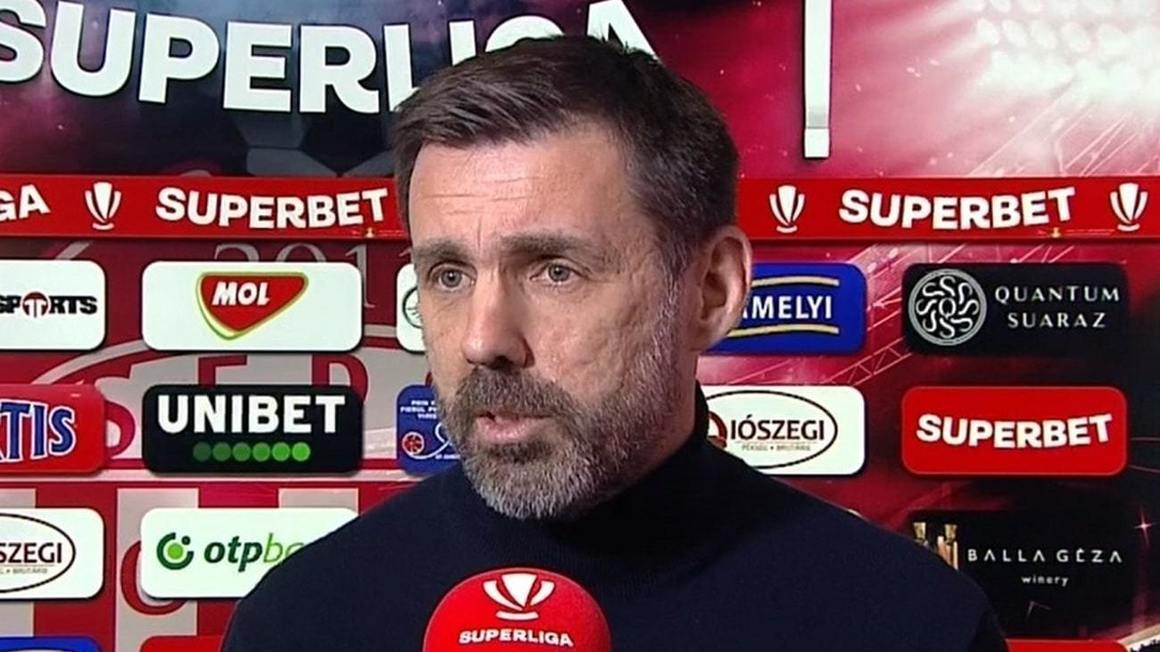
Examining Ryan Nembhard’s Performance as Gonzaga’s Point Guard During the 2023-24 Season
Anticipation ran high when Ryan Nembhard announced his transfer to Gonzaga last spring.
As the younger sibling of former Bulldogs guard Andrew Nembhard, Ryan garnered attention as one of the most sought-after transfers following his impressive performance in guiding Creighton to the Elite Eight in the 2023 NCAA Tournament. With his quickness and keen basketball acumen, he appeared to be an ideal fit for Mark Few’s team, especially alongside talented teammates like Graham Ike and Anton Watson. Consequently, Nembhard emerged as an early contender for various national accolades, including the Naismith Trophy and Bob Cousy Award.
However, the promising expectations on paper didn’t immediately materialize on the court. Nembhard struggled with inconsistent outside shooting and at times appeared to struggle to find his rhythm within the team’s pace of play during the initial months of the season. It took time for him to establish chemistry with Ike and adjust to his new teammates’ playing styles.
Nonetheless, as the season progressed into West Coast Conference play, Nembhard’s performance reached new heights, elevating the team’s offense to exceptional levels. Gonzaga boasted one of the most efficient conference-only offenses in KenPom history (since 1999), largely due to Nembhard’s stellar passing, setting a single-season assist record for the program with 243 assists, the sixth-highest nationally in the 2023-24 season.
In total, Nembhard averaged 12.6 points, 6.9 assists, and 4.0 rebounds per game, earning him a spot on the All-WCC first team. Despite initial challenges, his contributions were significant, and here’s a comprehensive analysis of Nembhard’s debut season with Gonzaga.
WHAT WENT WELL
Gonzaga’s offensive performance hit its stride when Nembhard found the right balance between attacking aggressively and knowing when to ease back during transitions, focusing on setting up his teammates in the halfcourt. Initially, he leaned towards a more aggressive approach, leading to occasional erratic shot selection that didn’t quite align with the team’s offensive flow. While Gonzaga has always favored a fast-paced transition game, it prioritizes controlled play over chaos.
“I thought he did an outstanding job … of understanding the tempo he needs to maintain, meeting Coach Few’s expectations, and syncing up with his teammates,” remarked Dan Dickau on Talking Zags.
With more time to mesh with his teammates and grasp the intricacies of the offensive system, Nembhard became increasingly challenging for opponents to contain. In March alone, during six games, Gonzaga ranked second nationally in offensive efficiency according to Bart Torvik. During this period, Nembhard averaged 10.2 assists per game and recorded three of his six double-doubles of the season.
Overall, Gonzaga boasted one of the most efficient half-court offenses in the country, registering a 55.1% effective field goal percentage in non-transition plays, ranking 15th nationwide according to hoop-math.com. Much of this success can be attributed to the dynamic Nembhard-Ike duo in pick-and-roll situations, a combination that could become even more potent next season with improved outside shooting and enhanced team chemistry.
“I believe [Nembhard] was the standout player in the latter half [of the season],” noted Adam Morrison. “He exhibited remarkable composure in making plays, significantly benefiting the entire team.”
AREAS FOR IMPROVEMENT
While Nembhard’s performance improved in the latter part of the season, he encountered some challenges with shooting consistency throughout the year.
Compared to the previous season where he shot 35.6% on 4.0 attempts from beyond the arc, Nembhard’s 3-point shooting efficiency dropped to 32.1% on 3.1 attempts per game in the most recent season. Particularly in nonconference games, he struggled, shooting at a dismal 15.0% from long range heading into WCC play. Although his shooting percentages improved against WCC opponents, they dipped once more during the NCAA Tournament.
Finding clean scoring opportunities inside the paint proved to be another hurdle. Nembhard’s 55.0% shooting at the rim, according to hoop-math, ranked as the second-lowest percentage on the team (with a minimum of 30 field goal attempts). Early-season struggles contributed to this statistic, but it’s challenging for guards of Nembhard’s height to excel in the paint against taller opponents like Zach Edey, Donovan Clingan, and Mitchell Saxen.
“He often penetrated into the heart of the defense but leaned too much towards scoring or took ill-advised shots,” remarked Morrison. “Once he adopted a more composed approach, his shooting accuracy improved, and he refrained from attempting as many difficult shots.”
FOCUS FOR THE OFFSEASON
Let’s be clear, Nembhard possesses all the necessary skills to enhance his shooting consistency next season. If he can elevate his 3-point shooting percentage to 40%, he will become a formidable threat on the court.
“His shooting form and mechanics suggest that he has the potential to become a reliable shooter,” noted Dickau. “While he may not reach the level of an elite shooter, I believe he can improve his overall scoring and shooting percentages.”
With a complete offseason to delve deeper into Few’s offensive strategies and familiarize himself with his teammates’ playing styles, Nembhard is primed for a breakout senior year.
Check more News Here





:format(webp):quality(80)/https%3A%2F%2Fliga2.prosport.ro%2Fwp-content%2Fuploads%2F2021%2F11%2Fvalentin-ticu-mario-bratu-PETROLUL-PLOIESTI-DUNAREA-CALARASI-LIGA-2-CASA-PARIURILOR-6.11.202163-1024x724.jpg)
